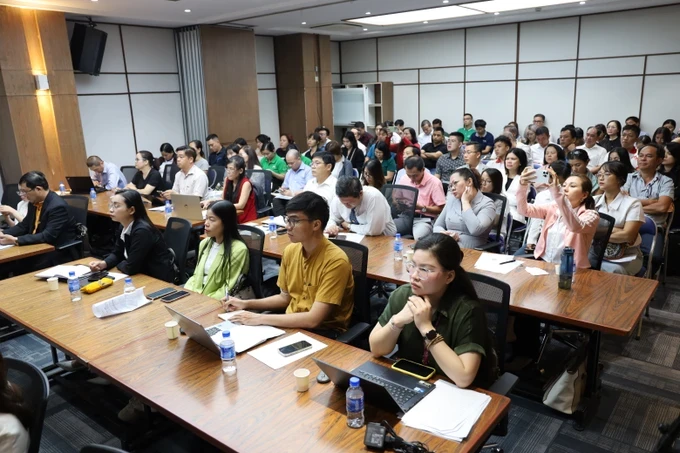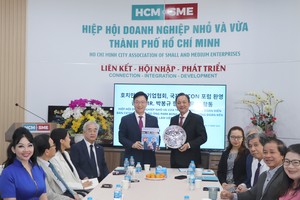
Director of the Ho Chi Minh City Center for Trade Promotion and Investment (ITPC) Tran Phu Lu provided information at a conference to promote export growth to the Japanese market on August 26.
In the first seven months of the year, import-export turnover between Vietnam and Japan is estimated at US$25.87 billion, an increase of 4 percent over the same period in 2023.
Total trade volume between Vietnam and Japan in the first seven months of 2024 is estimated at US$25.87 billion, up 4 percent compared to the same period in 2023.
Of this, Vietnam's exports to Japan are estimated to reach US$13.46 billion, an increase of 2.8 percent year-on-year.
As for Ho Chi Minh City, the export turnover to Japan achieved US$1.3 billion, an increase of 6 percent compared to the same period.

Speaking at the conference, Vietnamese Trade Counselor in Osaka, Japan under the Ministry of Industry and Trade Quyen Thi Thuy Ha stated that many opportunities for Vietnamese export products to Japan include textiles and garments, means of transportation and spare parts, machinery, equipment and tools, wood and wood-based products, seafood, phones and components.
Vietnam now accounts for only about 3 percent of Japan’s total import-export turnover so there is a huge opportunity for growth.
Moreover, approximately 500,000 Vietnamese people are now living, studying, and working in Japan, making up 16 percent of the foreign population which is expected to be one of the advantages for growth in the coming time.
Therefore, in order to increase their market shares in Japan, Vietnamese businesses need to meet the market's requirements. They should focus on ensuring the highest standards of quality, functionality, aesthetics, sustainability, environmental friendliness and so on.
Besides, it is important to regularly research and improve products; to enhance product quality in cultivation, harvesting and storage, processing, packaging and distribution.
In particular, businesses should also strengthen promotional and marketing activities towards Japanese customers.
























